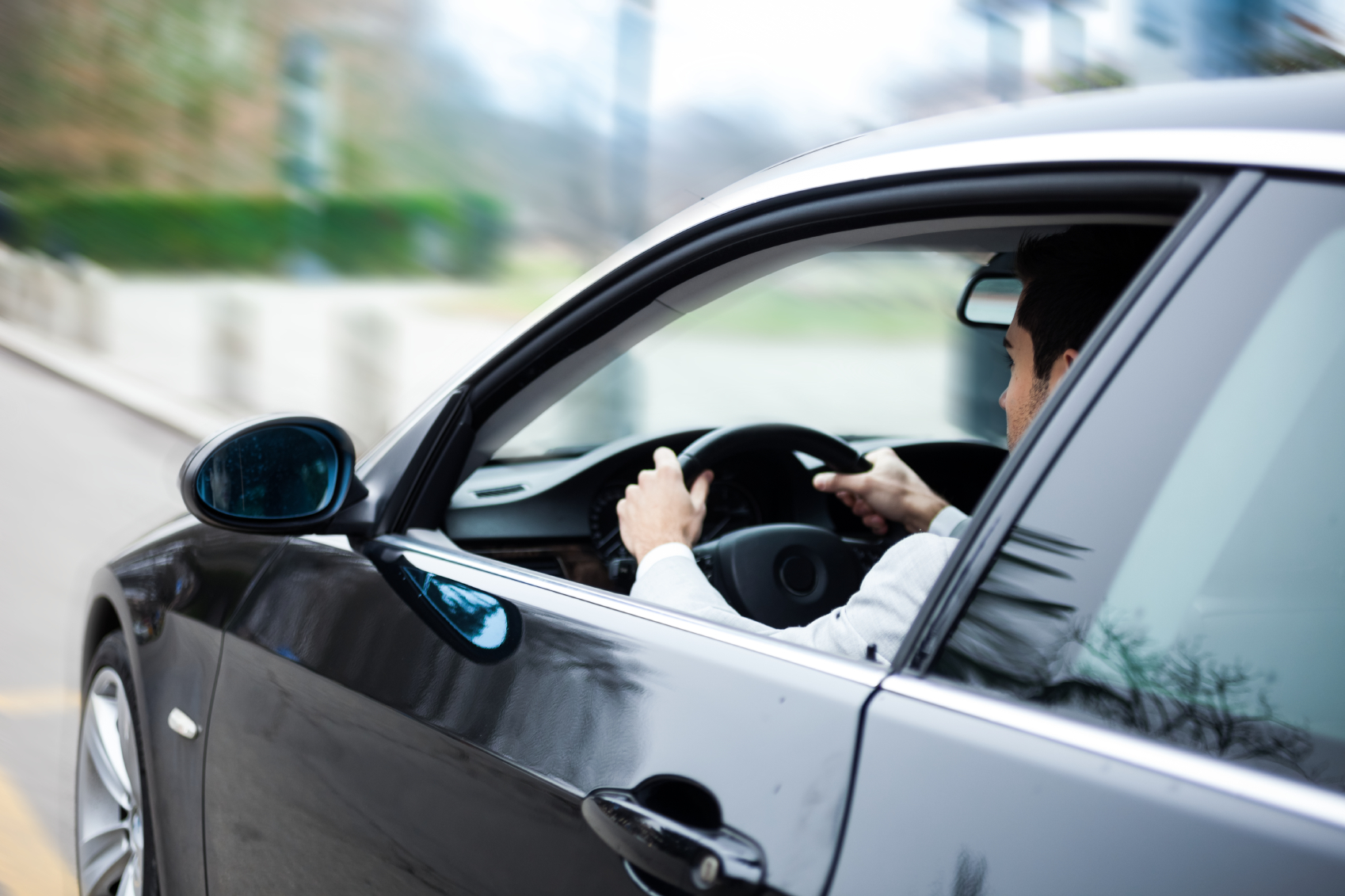It’s a myth that it’s safer to ride in the back seat of the car. A new analysis shows that in most crashes, you’re better off in the front.1
Years ago, front-seat passengers faced the danger of smashing into the dashboard or the windshield. Airbags come with their own risks, too… For instance, children aged 12 or younger should still sit in the back.2
But with today’s seatbelt and airbag technology, most risks for adults have been greatly diminished, researchers say. Airbags can now reduce deaths in the front of the car by up to 30%.3
Plus, there’s a little-reported Australian study that reveals back seat riders are actually at more risk of injury…
The study found that chest injuries are common among rear passengers. This includes fractures of the ribs or sternum. Smaller framed people sitting in the back often suffer head injuries. This is due to impact with the front seat head rest or the window frame support pillar. High speed crashes can result in spinal fractures in back seat occupants.
You can often trace back seat injuries to seat belt use, scientists said. Either people didn’t wear them properly… They didn’t function well enough to keep passengers safe… Or passengers didn’t wear them at all. People in the back may not buckle up because they feel safer than when they are in the front.
If you are sitting in the back, make sure the lap belt is low and snug on the hips, crash experts advise. The shoulder strap should cross the mid-chest and clavicle. Sit in an upright position without slouching.
Here are some other simple ways to be safer in your car:4,5,6,7,8,9
- Don’t leave loose objects in the car. They can become projectiles in a crash. Stow articles, particularly heavy ones, in the trunk.
- Avoid resting against the dashboard. If there is a high-speed crash, the car’s airbags inflate with great force. You could be thrown backward and injured. This includes not putting your feet up on the dash.
- Install baby seats properly. One study found that 72% of car seats were improperly used, increasing a child’s risk of injury. Follow the owner’s manual for the seat carefully.
- Adjust all mirrors and seats before starting the car. Many crashes are due to adjustments made while driving.
- Know your car’s warning lights. A British study found that 48% of drivers couldn’t identify their brake malfunction light, and 35% their airbag warning light. Check your manual.
- After a crash, switch off your engine…and do not smoke! Fuel can leak after a crash. No sense surviving the crash and then setting yourself on fire.
It might be nice to be rich enough to afford a chauffeur. But it turns out you are safer and may live longer if you do the driving yourself… Or sit next to the person who does.
In Good Health,

Angela Salerno
Publisher, INH Health Watch
Like this Article? Forward this article here or Share on Facebook.
References:
1http://www.reuters.com/article/us-health-seatbelts-injuries-idUSKBN0UL24220160107
2http://www.chop.edu/pages/air-bags#.VrPDmvkrJhF
3http://www.iii.org/article/air-bag-safety
4http://www.cdc.gov/motorvehiclesafety/child_passenger_safety/cps-factsheet.html
5http://www.wikihow.com/Survive-a-Car-Accident
6http://www.bceo.org/safedrivingtips.html
7http://newsroom.aaa.com/2011/01/heed-the-warning-aaa-reminds-drivers-to-not-ignore-their-cars-warning-lights/
8http://www.autobulbsdirect.co.uk/blog/801622201/drivers-ignorant-of-warning-lights-research-shows/
9http://blog.autoeurope.co.uk/car-hire-tips/study-shows-drivers-struggle-with-understanding-the-dashboard

